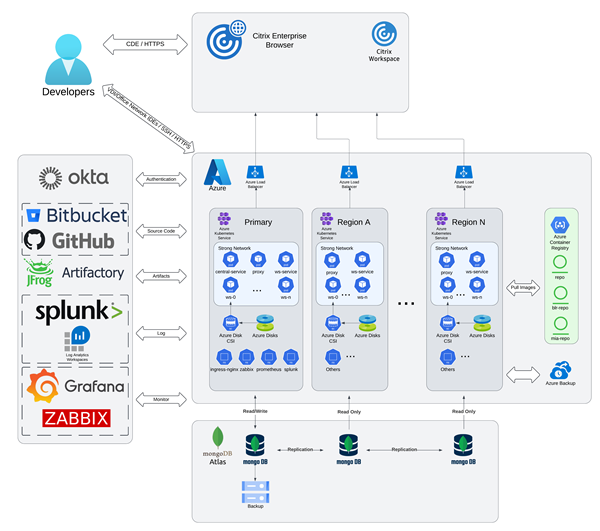-
-
Architecture Diagram
-
This content has been machine translated dynamically.
Dieser Inhalt ist eine maschinelle Übersetzung, die dynamisch erstellt wurde. (Haftungsausschluss)
Cet article a été traduit automatiquement de manière dynamique. (Clause de non responsabilité)
Este artículo lo ha traducido una máquina de forma dinámica. (Aviso legal)
此内容已经过机器动态翻译。 放弃
このコンテンツは動的に機械翻訳されています。免責事項
이 콘텐츠는 동적으로 기계 번역되었습니다. 책임 부인
Este texto foi traduzido automaticamente. (Aviso legal)
Questo contenuto è stato tradotto dinamicamente con traduzione automatica.(Esclusione di responsabilità))
This article has been machine translated.
Dieser Artikel wurde maschinell übersetzt. (Haftungsausschluss)
Ce article a été traduit automatiquement. (Clause de non responsabilité)
Este artículo ha sido traducido automáticamente. (Aviso legal)
この記事は機械翻訳されています.免責事項
이 기사는 기계 번역되었습니다.책임 부인
Este artigo foi traduzido automaticamente.(Aviso legal)
这篇文章已经过机器翻译.放弃
Questo articolo è stato tradotto automaticamente.(Esclusione di responsabilità))
Translation failed!
Architecture Diagram

The architectural diagram of a CDE has the following components:
- One Kubernetes cluster with auto-scaling node and storage Container Storage Interface(CSI) driver capacity to host the SDS platform and workspace.
- A container registry
- MongoDB database
- Code repositories, for example, Bitbucket or GitHub
- Optional: Additional Kubernetes clusters set up in different regions to ensure global access with optimized network latency.
- Optional: An identity provider (SAML), such as Okta
- Optional: Observability
- Optional: Private access using Citrix Workspace™, Enterprise Browser, or SPA
The key components of SDS - the Cloud Development Environment (CDE) Platform include Kubernetes clusters, a container registry, and a MongoDB database. You can leverage resources from any cloud service provider, use your hardware in a data center, or even use a hybrid.
The core components of the Azure-based sample deployment depicted in the architecture diagram above are:
- Azure Kubernetes Services for platform and regions
- Service node pool with two Standard_D8as_v5 VMs
- Workspace node pool with Standard_D16as_v5 VMs with auto-scaling
- Azure Container Registry
- Premium Tier
- Geo Replication peers
- MongoDB Atlas cluster
- M10 (2 GB RAM, 8 GB Storage) with auto-scaling
- Read-only nodes for regions
If you are not using Azure, you can choose from the following alternatives:
- Kubernetes Cluster:
- Amazon Elastic Kubernetes Service
- Google Kubernetes Engine
- Container Registry
- Amazon Elastic Container Registry
- Google Container Registry
Note:
Further deployment guidance and best practices can be found on Citrix Tech Zone
Share
Share
In this article
This Preview product documentation is Citrix Confidential.
You agree to hold this documentation confidential pursuant to the terms of your Citrix Beta/Tech Preview Agreement.
The development, release and timing of any features or functionality described in the Preview documentation remains at our sole discretion and are subject to change without notice or consultation.
The documentation is for informational purposes only and is not a commitment, promise or legal obligation to deliver any material, code or functionality and should not be relied upon in making Citrix product purchase decisions.
If you do not agree, select I DO NOT AGREE to exit.